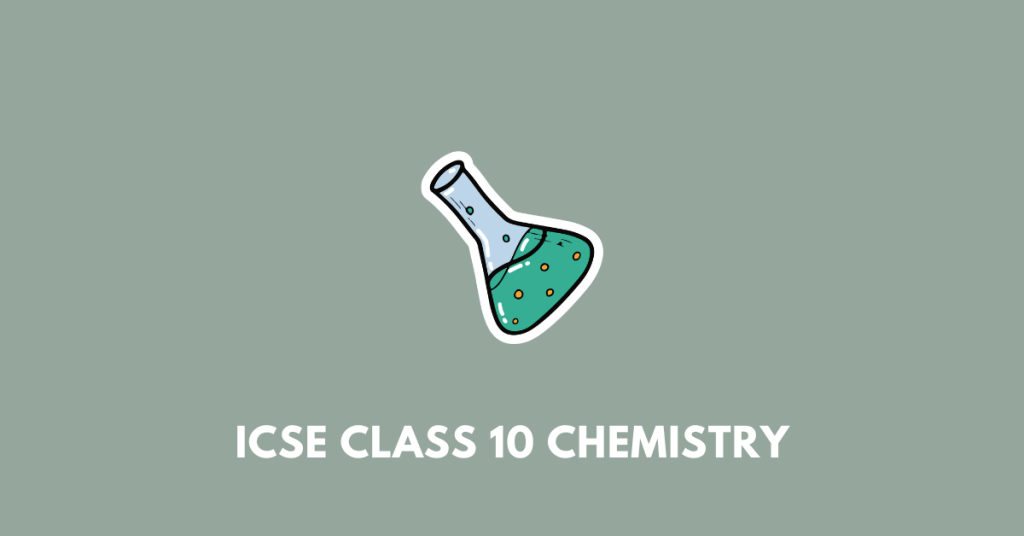Get notes, summaries, questions and answers, MCQs, extras, and PDF chapters that are part of ICSE Class 10 Chemistry (Selina/Concise). However, the notes should only be treated as references and changes should be made according to the needs of the students.
Select Chapter
| Chapter 1: Periodic Table, Periodic Properties and Variations of Properties |
| Chapter 2: Chemical Bonding |
| Chapter 3: Acids, Bases and Salts |
| Chapter 4: Analytical Chemistry |
| Chapter 5: Mole Concept and Stoichiometry |
| Chapter 6: Electrolysis |
| Chapter 7: Metallurgy |
| Chapter 8: Study of Compounds – Hydrogen Chloride |
| Chapter 9: Study of Compounds – Ammonia |
| Chapter 10: Study of Compounds – Nitric Acid |
| Chapter 11: Study of Compounds – Sulphuric Acid |
| Chapter 12: Organic Chemistry |
About ICSE Class 10 Chemistry (Selina/Concise) textbook
The Concise Chemistry textbook for ICSE Class 10 provides a structured approach to the subject. It presents chemical concepts clearly for students preparing for their board examinations. The book is organized into twelve chapters that cover the syllabus methodically.
The first chapter, “Periodic Table, Periodic Properties and Variations of Properties,” introduces the modern periodic table and discusses trends in properties like atomic size, ionization potential, and metallic character across periods and groups. “Chemical Bonding” follows, explaining the formation of electrovalent, covalent, and coordinate bonds with examples and electron dot structures. Chapter three, “Acids, Bases and Salts,” covers their definitions, classification, properties, preparation methods, and the concept of pH. “Analytical Chemistry” details the use of reagents like sodium hydroxide to identify metal ions based on precipitate colors. The “Mole Concept and Stoichiometry” chapter introduces quantitative calculations, covering Gay-Lussac’s Law and Avogadro’s Law. “Electrolysis” explains chemical decomposition by electricity, the activity series, and applications like electroplating.
The study of metals is covered in “Metallurgy,” which outlines extraction processes from ores. A section on important compounds includes “Hydrogen Chloride,” “Ammonia,” “Nitric Acid,” and “Sulphuric Acid,” detailing their laboratory and industrial preparations, such as the Haber’s and Contact processes, along with their distinct chemical properties. The final chapter, “Organic Chemistry,” introduces students to hydrocarbons like alkanes, alkenes, and alkynes. It also covers alcohols and carboxylic acids, including their structure, nomenclature, and basic reactions.
Get notes of other classes and subjects


